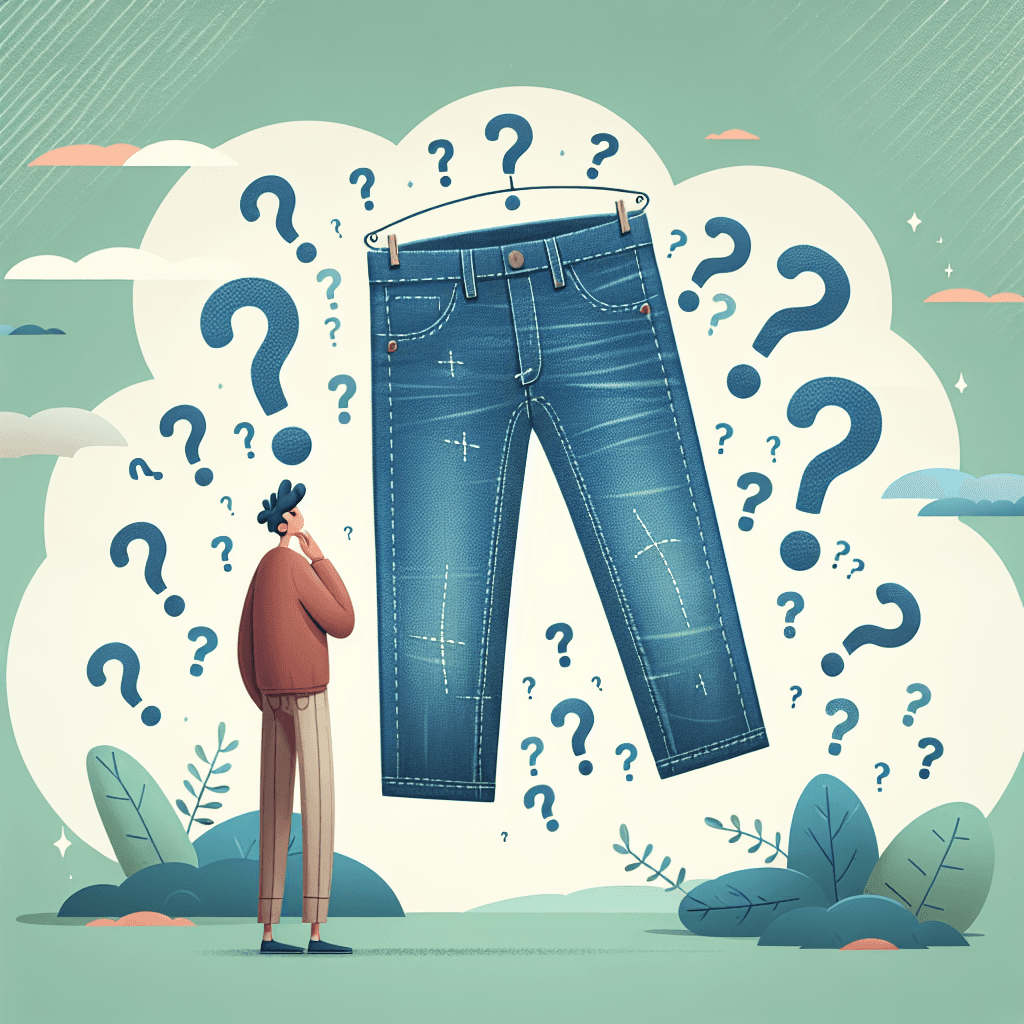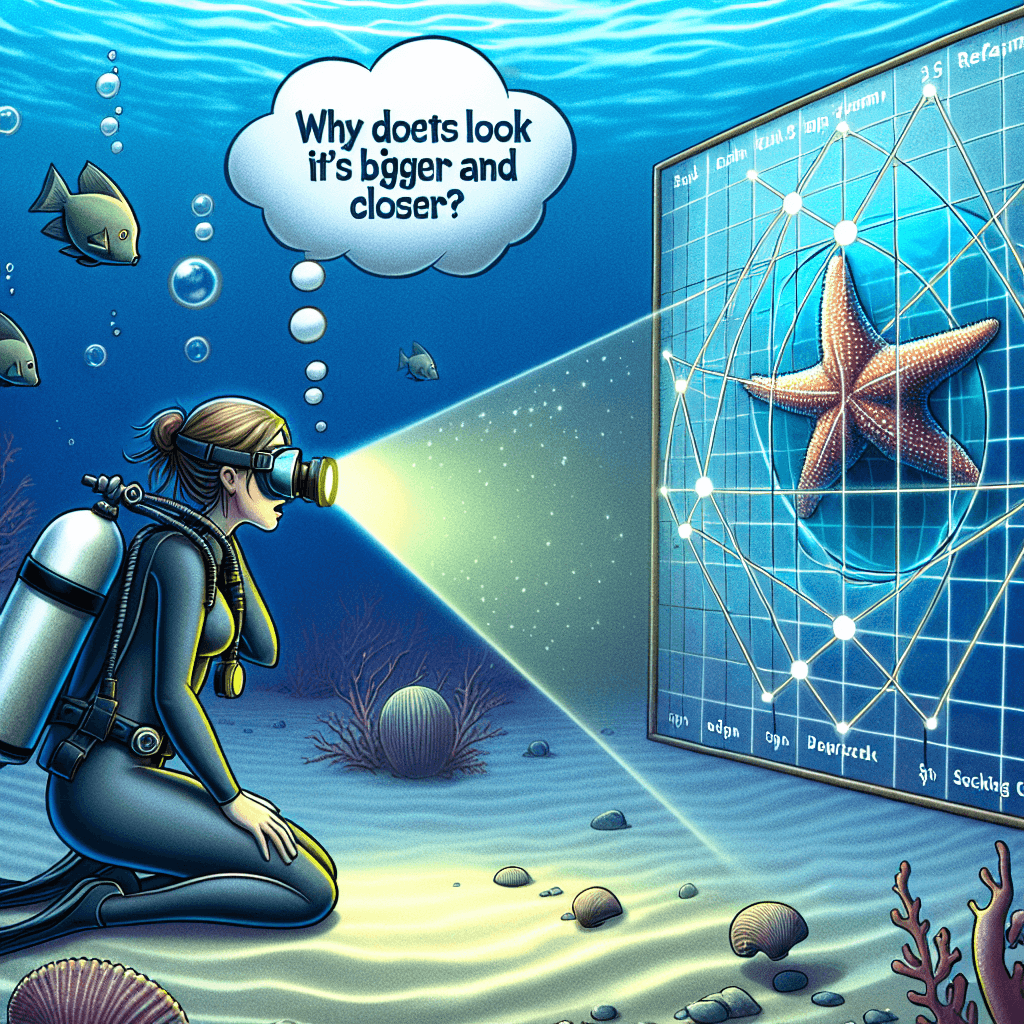Why do we call it a pair of pants for a single garment
Ever wondered why you wear a single item of clothing but call it a "pair" of pants? The answer is a fascinating linguistic fossil from a time when they were, quite literally, two separate pieces.


Too Long; Didn't Read
TLDR: The term is a holdover from when pants were two separate leg pieces joined at the waist, making them a literal pair. The name stuck even after they became a single garment, similar to a pair of scissors or glasses.
A Tale of Two Legs: The History Behind Why We Call It a Pair of Pants for a Single Garment
Have you ever paused while getting dressed and wondered about the quirks of the English language? You put on a shirt, a hat, and a coat, but when it comes to your legs, you pull on a pair of pants. It’s a single item of clothing, so why the plural? This isn't just a random linguistic oddity; it’s a verbal fossil that tells a fascinating story about the history of fashion. The reason we refer to pants as a "pair" is a direct inheritance from a time when they were, quite literally, two separate pieces. This post will unravel the historical and linguistic threads that stitched this peculiar phrase into our modern vocabulary.
A Trip Back in Time: The Two-Piece Origin
To find the root of the phrase, we have to travel back several centuries, to a time long before denim jeans and tailored slacks. In medieval and Renaissance Europe, the garment we now think of as pants didn't exist as a single, unified item. Instead, men wore two separate leg coverings, often called "hose" or "chausses."
Each leg piece was an individual item, much like a stocking or legging, that was pulled on separately. These two pieces were then hoisted up and tied or fastened to a belt, a pair of shorts (called braies), or an upper garment known as a doublet. Because a person needed two of these leg coverings to be fully dressed, they were naturally referred to in the plural and handled as a set—a pair of hose. The language we use today is a direct echo of this very practical, two-part reality.
Sewing It All Together: The Unification of Trousers
Fashion, of course, never stands still. Over time, these separate leg pieces began to evolve. By the 16th century, tailors started sewing the two hose together at the top, creating a more convenient and unified garment known as breeches, which eventually morphed into the trousers we recognize today.
However, even though the garment became a single, structurally-connected item, the name stuck. People were so accustomed to thinking of leg coverings as a plural concept—a "pair"—that the linguistic habit simply carried over. The physical object changed, but the word for it was already set in stone. It’s a classic case of language lagging slightly behind technological or cultural innovation. We stopped wearing two separate pieces, but we never stopped talking about them as if we did.
A Linguistic Hangover: The Power of 'Pluralia Tantum'
This phenomenon isn’t unique to pants. In linguistics, there's a term for nouns that almost always appear in the plural form even when referring to a single object: pluralia tantum (Latin for "plural only"). These words typically describe items that are made of two symmetrical, conjoined parts.
Think about other items you use every day:
- Scissors: Two blades joined by a pivot.
- Glasses (or spectacles): Two lenses in a single frame.
- Tongs: Two arms joined at a hinge.
- Pliers: Two levers joined at a fulcrum.
Pants, trousers, slacks, and jeans all fall into this grammatical category. The single object is conceptually seen as a union of two distinct but identical parts (the two leg sections). Because the word "pants" is inherently plural in form, we use a counter phrase like "a pair of" to quantify it as a single unit, just as we would say "a pair of scissors" instead of "a scissor."
Conclusion
So, the next time you pull on a pair of pants, you’re not just getting dressed—you're participating in a linguistic tradition that stretches back centuries. The phrase is a living piece of history, reminding us of a time when leg coverings were two separate garments. What began as a literal description of two pieces of clothing survived the evolution of fashion to become a grammatical rule embedded in our language. It’s a perfect example of how the words we use every day are shaped not only by grammar but by the very history of the objects they describe, proving that there’s often a fascinating story behind even the most common of phrases.
More Articles

Why do things underwater look bigger and closer than they really are?
It’s not your eyes playing tricks on you—it's a fascinating law of physics that turns the entire underwater world into a giant magnifying glass.

Why do spaghetti stains cling to plastic tubs but not glass bowls?
Discover why tomato sauce permanently dyes your plastic containers but wipes clean from glass—it's not your scrubbing power, but a simple case of molecular attraction.

Why was a brilliant philosopher's name twisted into the modern word for a fool?
He was a celebrated intellectual giant, yet a centuries-long smear campaign by his academic rivals twisted his very name into a common insult for a fool.